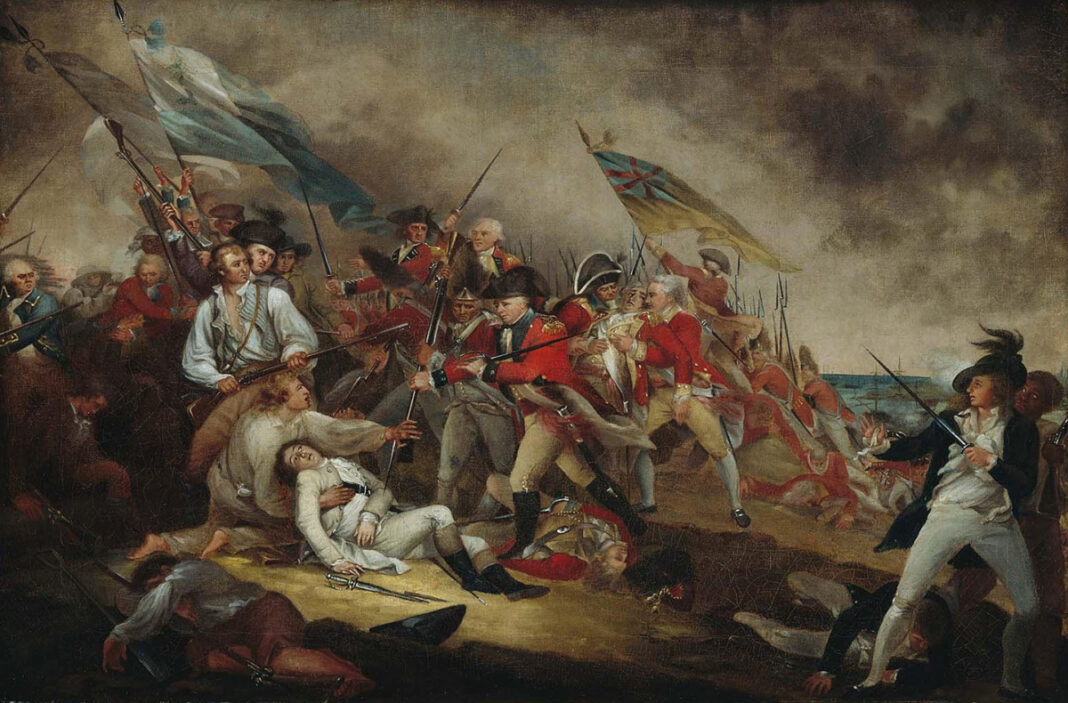Portraits of Massachusetts patriots
John Singleton Copley (1738–1815), John Trumbull (1756–1843), and Gilbert Stuart (1755–1828) are three of the most important early American artists. Their work captured scenes of colonial, revolutionary, and post-independence America—especially through portraiture of the country’s founding fathers.
Patriots Samuel Adams, Dr. Joseph Warren, and John Adams were all from the colony of Massachusetts and played pivotal roles in the fight for independence. They are remembered by posterity to differing degrees, which some 21st-century biographies have fittingly corrected.
‘Portrait of Samuel Adams’
Much of today’s knowledge about the influential life and times of the fiery and persuasive Samuel Adams has been watered down to two facts: a contemporary American craft brewery uses his name, and he was a second cousin of John Adams.
In fact, Samuel was initially better-known, but John’s fame, upon becoming a delegate to the Continental Congress and eventually president of the United States, later outshone that of his kinsman.
Pulitzer-prize winning biographer Stacy Schiff returns him to the pantheon of essential trailblazers of the independence movement in her new book “The Revolutionary: Samuel Adams.” Schiff highlights Adams’s role as one of the masterminds of the Boston Tea Party, leader and propagandist of civil resistance against the British colonizers, and an intended recipient of Paul Revere’s midnight ride message. He was a mentor for young men interested in the revolutionary cause, including Joseph Warren, John Adams, and John Hancock.
John Singleton Copley’s painting “Portrait of Samuel Adams” captures what Adams believed to be his greatest moment: his confrontation after the Boston Massacre with Royal Governor Thomas Hutchinson in which Adams demanded the expulsion of British troops.
Copley was the foremost portraitist of colonial New England before leaving for London in 1774 and settling there permanently. Copley, though discreet about his politics, accepted the Samuel Adams portrait commission, reputed to have come from Hancock. He constructed a radical composition befitting his subject, utilizing a reductive style that employs few decorative aspects. In this work, he also does not shy away from depicting attributes highly specific to the subject, though the conventional style was to make general allusions so that a portrait remained idealized.







